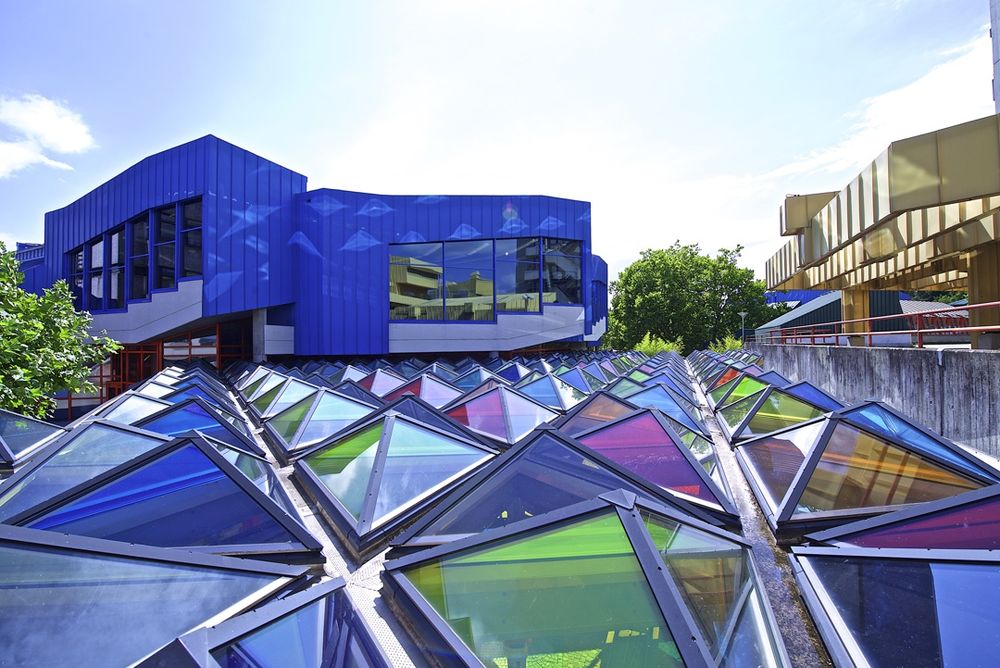
Doctoral Researcher | Data and Machine Learning Enthusiast
Reposted by Nils B. Weidmann, Stefan Scholz

Reposted by Nils B. Weidmann, Stefan Scholz
Reposted by Stefan Scholz

Reposted by Stefan Scholz
Reposted by Stefan Scholz




